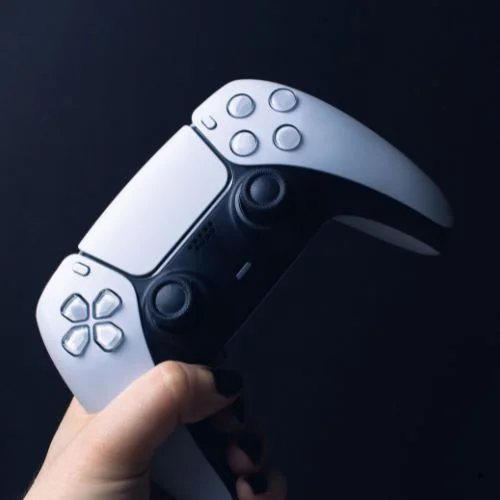The slowdown in the footwear industry and China’s uneven economic recovery caused Nike’s stock to decline for the tenth day in a row.
Following the release of Foot Locker’s disappointing quarterly results and consumers’ continued retreat from the footwear market, Nike‘s shares fell for the tenth day in a row on Wednesday.
The shares of the global footwear company finished down approximately 2.7%. The 10-day losing run is the longest in Nike’s public business history since its initial public offering in 1980.
Nike is regarded as a best-in-class retailer and is scheduled to release a profits report late next month. The footwear industry, which has been under pressure for some months, is its main source of income.
Consumers have reduced their spending on soft products like clothing and shoes in recent months in favor of services and experiences, particularly millennial buyers who are getting ready to begin student loan payments.
“The U.S. consumer is becoming increasingly selective with spend. We’ve heard companies talk about wallet share shifting towards services and experiences and away from discretionary where they’re becoming a lot more selective,” Rick Patel, a retail analyst for Raymond James, told CNBC.
“There’s also an increasing amount of caution when it comes to what back half demand looks like when student loan payments resume in October. We’re talking about a consumer that’s already under pressure due to inflation that will go through even more pressure in the fall,” he said.
Commentary on sluggish activewear sales from department shops, sports clothing merchants, and two of Nike’s main wholesale partners, Foot Locker and Dick’s Sporting Goods, may also be hurting the stock, according to Patel.
Just five months after releasing its prognosis, Foot Locker cut it on Wednesday after reporting another quarter of falling sales. The business blamed the disappointing results on a decrease in consumer spending, especially among its target market of lower- to middle-income customers.
“Looking back to March when we outlined our Lace Up plan and our longer-term targets, we were coming off a strong holiday and had not yet seen the full weight of the macro environment on our lower income consumer,” CEO Mary Dillon said on an investor call. “We were looking forward to a strong holiday.”
This became much more obvious in the second quarter, especially with the poorer start to the new school year. The difficulties with shop visitation and conversion that we started to see in late Q1 continued into the second quarter as our customers continued to be frugal with their discretionary spending, she added.
Nevertheless, Dick’s Sporting Goods is still seeing robust shoe sales despite reporting its first top- and bottom-line losses in three years on Tuesday. An encouraging element in an otherwise depressing report was what the business dubbed “tremendous growth” in the category.
The uneven rebound in China may potentially be harming Nike’s shares. A third of the retailer’s business is conducted there, and if the economy weakens, the company might suffer.
Given the unfavorable macro data points emerging from that market, the investors we interact with are growing more concerned about the prospects in China, according to Patel.















